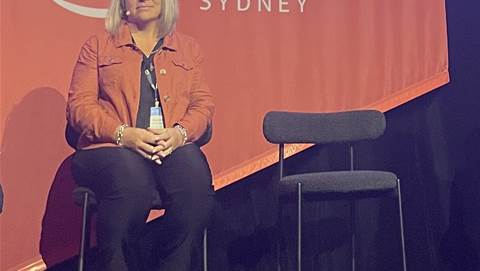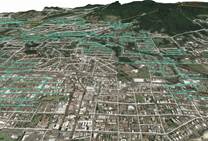Premises in the NBN’s fibre-to-the-node (FTTN) footprint with lines incapable of 25 Mbps peak rates could be moved over to an alternate access technology if all other options fail.

NBN Co revealed last week that six percent of all active FTTN lines - servicing 54,000 premises - are only capable of maximum downlink speeds of between 12 Mbps and 25 Mbps.
That is below the minimum 25 Mbps benchmark for peak speeds set by Prime Minister Malcolm Turnbull when he shifted the NBN over to the multi-technology mix (MTM).
NBN Co’s challenge now is to find a way to improve the performance of the NBN for these customers. iTnews understands that the last resort option is to shift them off FTTN altogether.
However, it is unclear how many of the 54,000 FTTN users fall into this category.
At present, an unknown number of these lines are in areas subject to “co-existence profile settings”.
An 18-month window is provided for customers to shift from ADSL to FTTN. To prevent newer FTTN connections from interfering with adjacent ADSL services during this time, certain settings can be put in place which prevent NBN Co from maximising the speed of the FTTN services.
Once the co-existence period lifts and VDSL vectoring is optimised, it is understood users could see peak speed capabilities increase by between 5 Mbps and 10 Mbps.
For those whose lines still can’t achieve a peak bitrate of 25 Mbps, NBN Co will try to make repairs to the copper, before looking at other options.
One option could be to deploy a micronode in the area, which would reduce the distance of copper used in the end-to-end connection.
However, NBN Co has the option to serve the premises using an alternate access technology should the FTTN connection continue not to deliver. The options on the table include fibre-to-the-curb (FTTC), fixed wireless, or satellite.
The option of having problem FTTN connections upgraded to FTTC before 2020 is likely to be an attractive proposition for those with the poorest-performing FTTN services.
NBN Co CEO Bill Morrow told a financial results presentation today that the company had tried to identify premises that would have trouble hitting minimum peak speeds in the design phase. Many of them would be served by FTTC, for which construction is underway.
Morrow said a “number” of the million homes earmarked for the FTTC footprint were presently located a large distance from an exchange, on “long copper loop lengths”.
“Where we can’t meet the minimum 25 Mbps standard on a peak information rate basis, those are going to be largely slated for FTTC technology,” he said.
Morrow said once an area had been designated FTTN, the company was typically confident that the copper would be fit-for-purpose.
“We’re not finding material problems with copper as we go forward into a neighbourhood that would warrant flipping that technology to FTTC,” he said.
However, the option exists to flip a small number of premises over to FTTC or another technology after the FTTN build is finished, in the event those premises have under-performing connections that cannot be rectified using any other means.
Breaks $1bn revenue barrier
Clarity of NBN Co's approach to ensuring its entire network was capable of peak information rates of 25 Mbps or more came as the company announced its full year results.
The full year results saw the company hit both financial and rollout targets: it exceeded the number of premises ready for service by 300,000 compared to its corporate plan targets, and broke the $1 billion revenue barrier, as it had promised to do back in February.
"NBN Co performed well against plan in fiscal 2017, and continues to with almost six million homes and businesses able to connect and nearly three million using services on the network today," Bill Morrow said in a statement.
"The momentum is undeniable.”





















